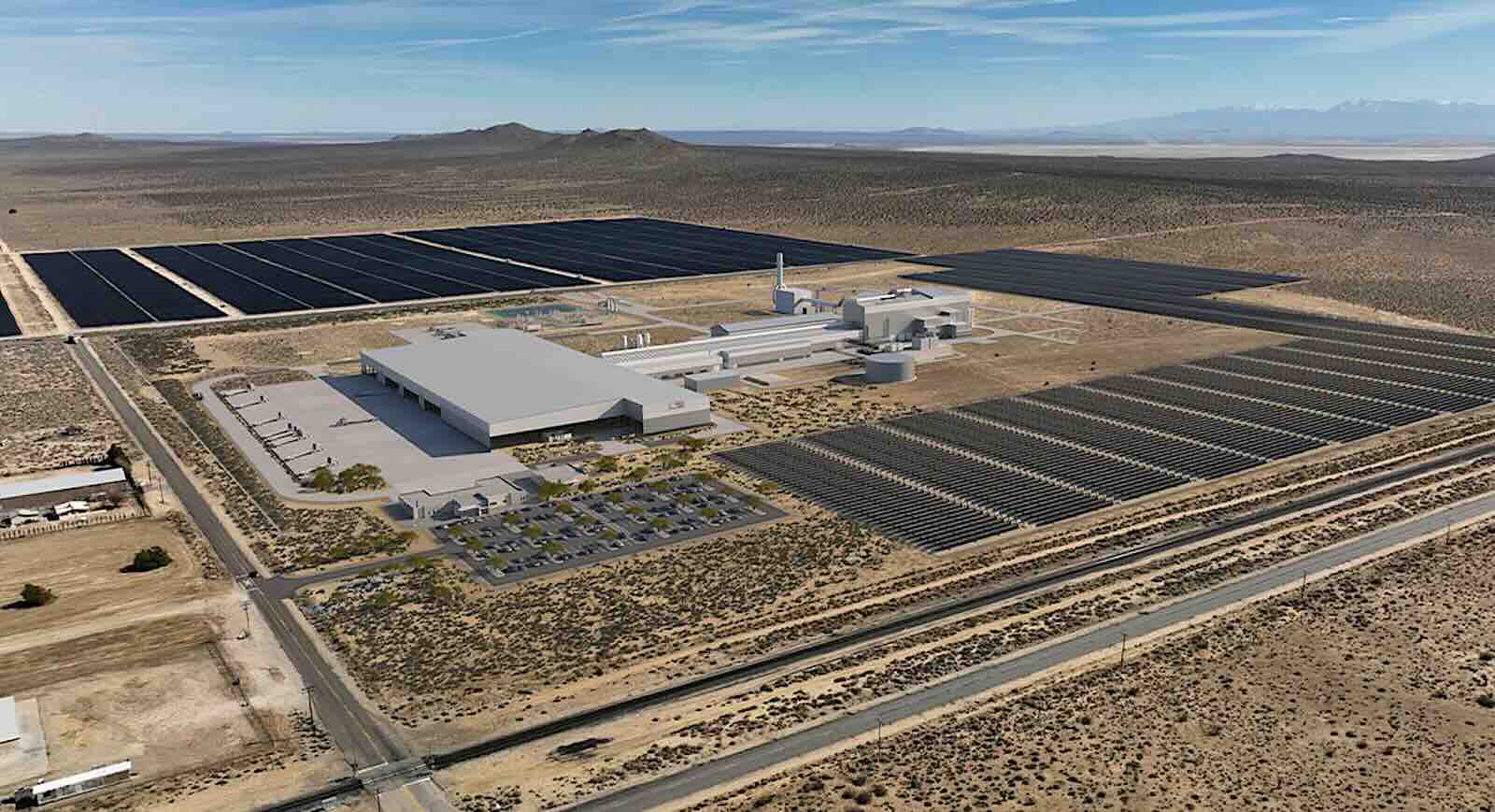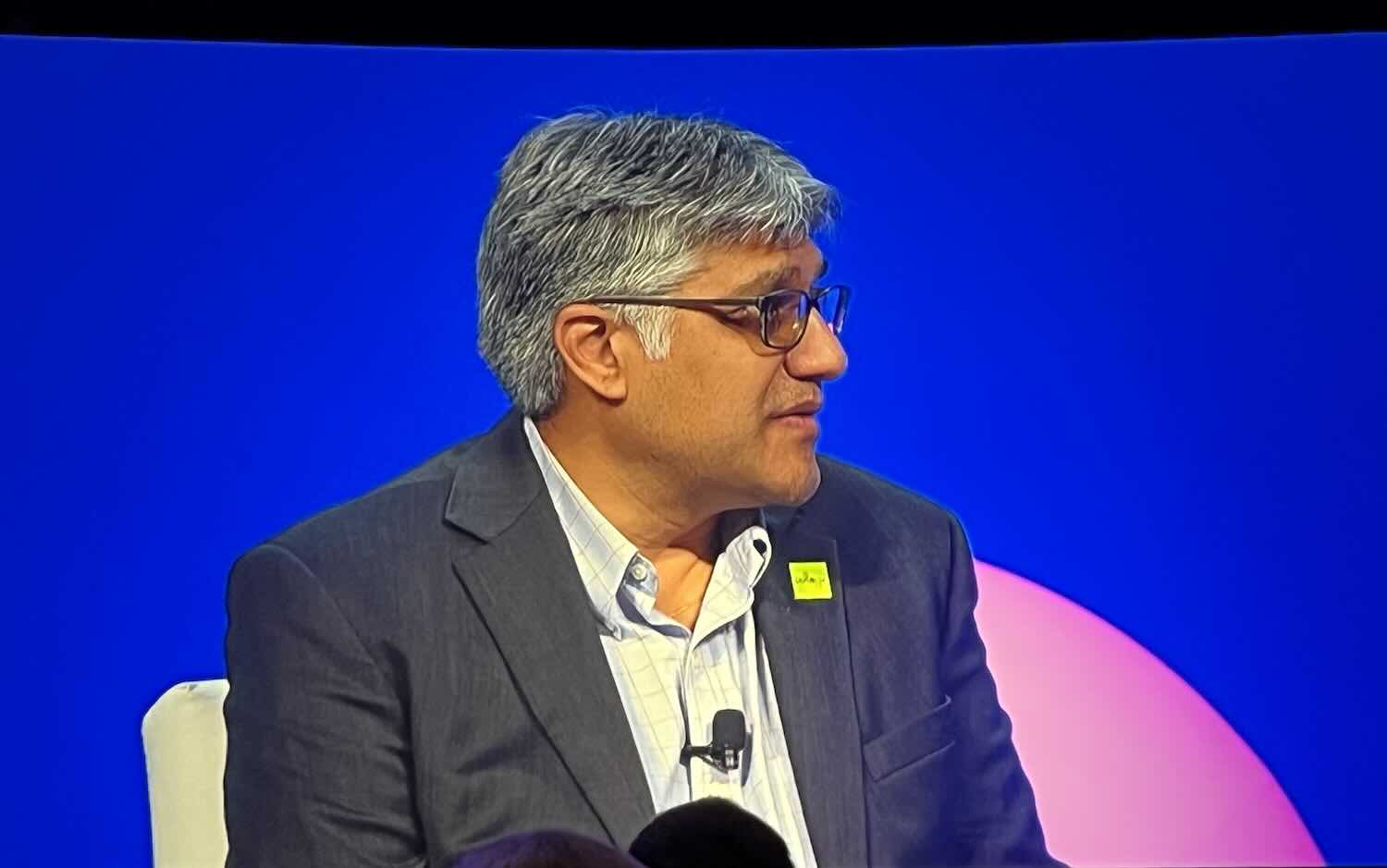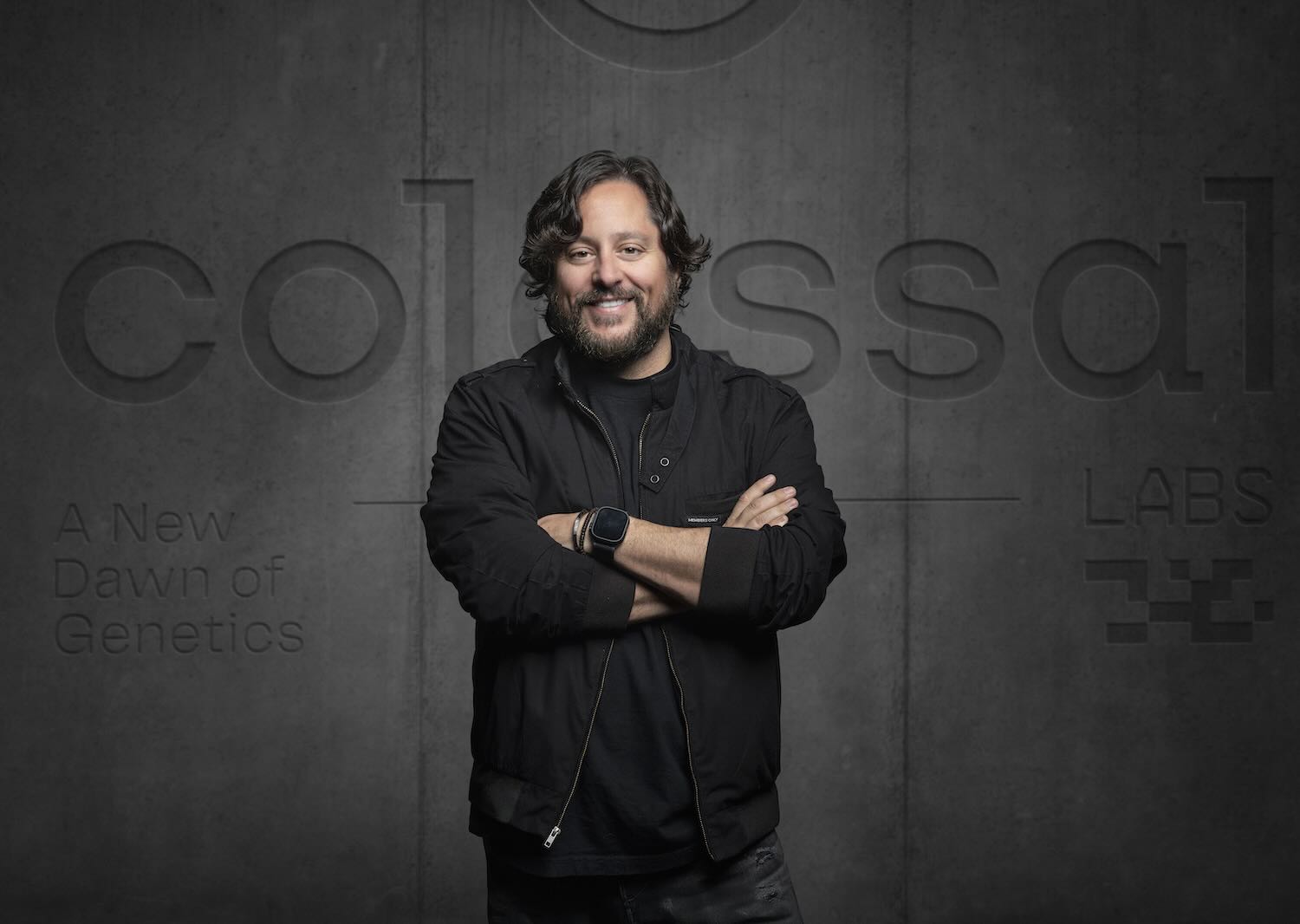Even with over $1.5 trillion now dedicated to impact investing, all indicators point to poverty levels, human conflict and strife as getting worse.
This raises the uncomfortable question: How effective has the impact investing sector actually been at creating meaningful, enduring change, nearly two decades after the term impact investing was coined? Are we doing enough?
As someone who has dedicated their career to impact investing, I have come to believe that what we’re currently doing is either not working, or it’s not enough. And I think part of the problem is that the impact investing sector has over-indexed on chasing financial returns with the goal of crowding in market rate, often institutional, investors. As a result, we have lost sight of impact’s biggest priority – creating impactful solutions.
For sure, we need more capital at scale. But in the focus on maximizing returns and attracting mainstream credibility, something has gotten lost along the way: the importance of additionality. In other words, the added impact that an investment will have on whatever social or environmental benefit it is intended to catalyze – regardless of the financial return.
It’s this realization that has led my organization, Open Road Impact, to change our status from a for-profit-enterprise and embrace the promise of philanthropy. We recognize that we can achieve far greater impact as a non-profit and do more to further our mission of unsticking capital. To be clear, we are not going to change our focus to grant allocations. On the contrary, we are going to double down on our strategy to invest in for-profit enterprises.
How impact lost its way
Impact-first strategies play an essential role in the impact investing ecosystem. And just like the finance-first side of impact, impact-first strategies have evolved significantly since the early days of impact.
The fact is, there are even very strong arguments as to why all impact investors – even those who have market-rate return objectives for their portfolio – should allocate a portion of their capital to impact-first strategies.
If you’re a reader of ImpactAlpha then you’re already fully aware of impact’s origins in philanthropy. But as more of us in the sector recognized the need to crowd in more capital to scale impact solutions, it meant looking to attract more profit-seeking investors, too.
Since then, a lot of effort has gone into making the case that impact investing can hold its own in mainstream finance. And I believe that there’s a lot of merit to this argument.
Mainstream capital can be fickle, however, as we’ve seen with the recent combustion of the Net Zero Asset Managers Initiative. To make lasting change, we need a backbone of impact capital that isn’t swayed by the animal spirits of the broader market.
Limitations of profit-seeking strategies
The impact sector’s focus on financial returns has come at a cost. Profit maximization is not always the right lens through which to view solutions to some of the world’s most intractable problems. Indeed, consistently seeking to maximize returns can come at the cost of the very people and communities you are seeking to help.
We saw this clearly in microfinance in India during the early 2010s. The sector ended up cratering because profit-seeking asset managers came in to capitalize on the opportunity, creating perverse incentives to drive growth at the cost of people’s wellbeing. We saw it again in Africa in the last 10 years, with the rise of solar home systems bringing both light and questionable lending practices because of the pressure to demonstrate rapid growth.
Many of the businesses that the impact investing industry is seeking to capitalize, particularly in emerging markets, are too fragile to live up to the demands that a typical for-profit, private equity player will put on them, especially in the early days of their existence.
Private equity and venture capital play a very important role in the continued growth of the impact ecosystem. We work very closely with VCs and other profit-seeking entities in the space. But they aren’t always the right capital solution for the problem.
And there are times when growing mission-driven businesses need access to short-term bridge financing to get them through a cash crunch so that they can survive and thrive where traditional VC or PE capital is not appropriate.
This is the work that we do at Open Road.
Impact-first capital
When we began making loans in 2017, one of the criticisms at the time was that the impact sector lacked the sophistication to address our biggest environmental and social challenges. Open Road wanted to counter this by setting up as a profit-seeking entity. We wanted to be taken seriously as an institution.
This approach made good sense at the time: Unlike grants, our loan capital can get recycled more quickly. We’ve been successful following this model: We’ve made short-term bridge loans to over 130 social and climate impact ventures totaling $80 million+ and keeping $800 million of pledged investments on track. We have also recycled investor loan capital at a 3x rate over a five-year period.
During this time, we realized that for our model, there is a tension between impact and risk; that we could not chase the highest returns if we wanted to maximize impact. To truly be additional, we have grown to realize that we don’t want to only invest in the lowest-risk deals. That would not be meeting the impact goals of our investors or fill the critical gap of unsticking capital in the social sector.
Adding philanthropic capital rather than solely profit-maximizing capital eases this calculus. A non-profit structure frees us to go into these more challenging opportunities, and assess the risk of getting paid back without having to worry about making a market-rate return for investors. It smooths the way for market-rate money to come in at a later date. That’s why so much of our work is referred to us by VC and PE impact players.
By moving to a non-profit status, we are able to keep impact at the forefront of our work, doubling down on our model’s catalytic impact as we scale. After more than a decade in the market, our investment process is robust and we will continue to apply the same financial rigor and risk management to every transaction.
Stop being embarrassed
More investors need to think about allocating to impact not just as PRI investments or indeed, grant capital, but rather as a regular allocation out of their investment portfolio.
This will require a radical reset in our thinking. No longer are we just looking for private equity or VC-like returns. We have to accept that a percentage of our portfolio can deliver return less than “market rate” because it will return far more in impact outcomes.
Asset allocators can still plan to achieve their portfolio return expectations with one allocation that goes to impact-first strategies. When combined with sophisticated portfolio construction and a specified financial return target, an impact-first carve out can begin to move the needle on generating lasting impact returns.
It is our hope at Open Road that, by purposely embracing our non-profit status, we can be an example to the industry to reprioritize the original tenets of impact investing and elevate the role of highly catalytic impact-first strategies to their rightful place in the impact ecosystem.
To do that we need foundations, philanthropies, family offices and other institutions to open up their corpus and commit to impact-first allocations. It’s time to restore impact-first investing to its rightful place in the impact conversation.












